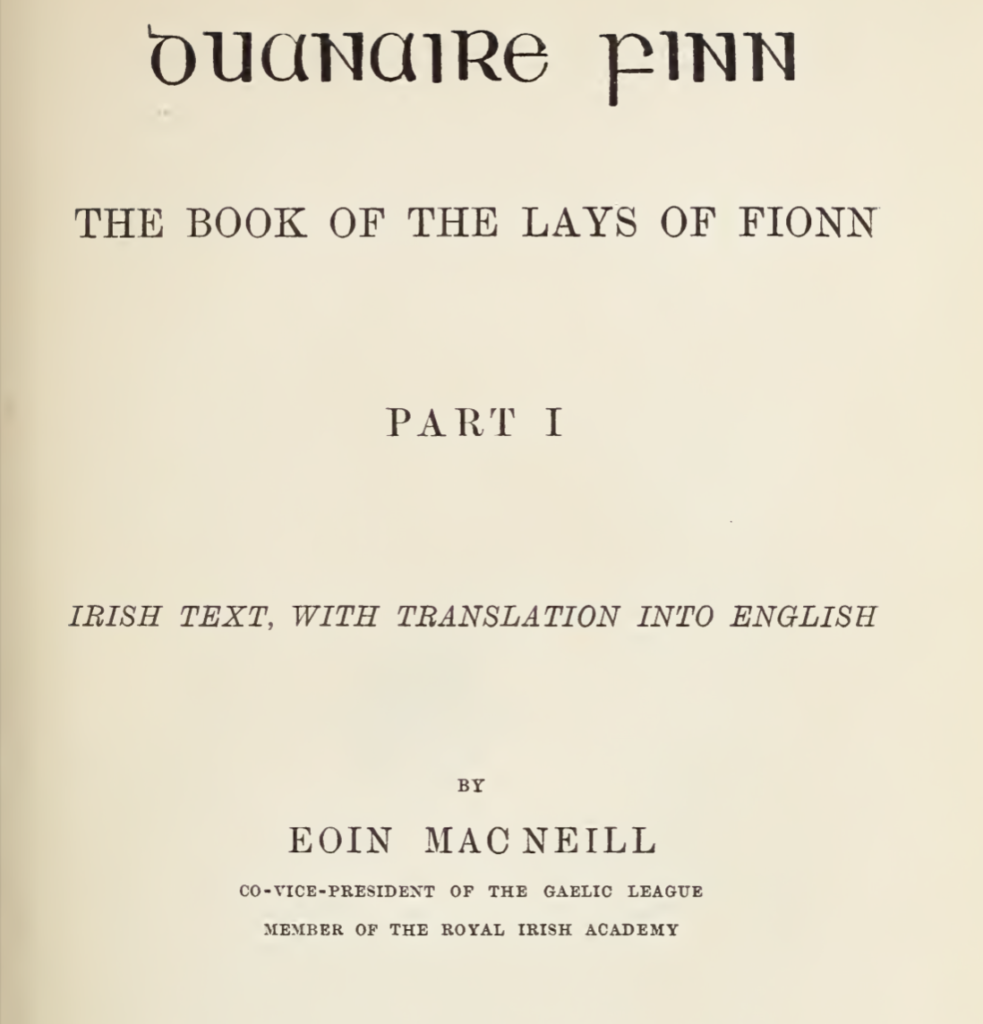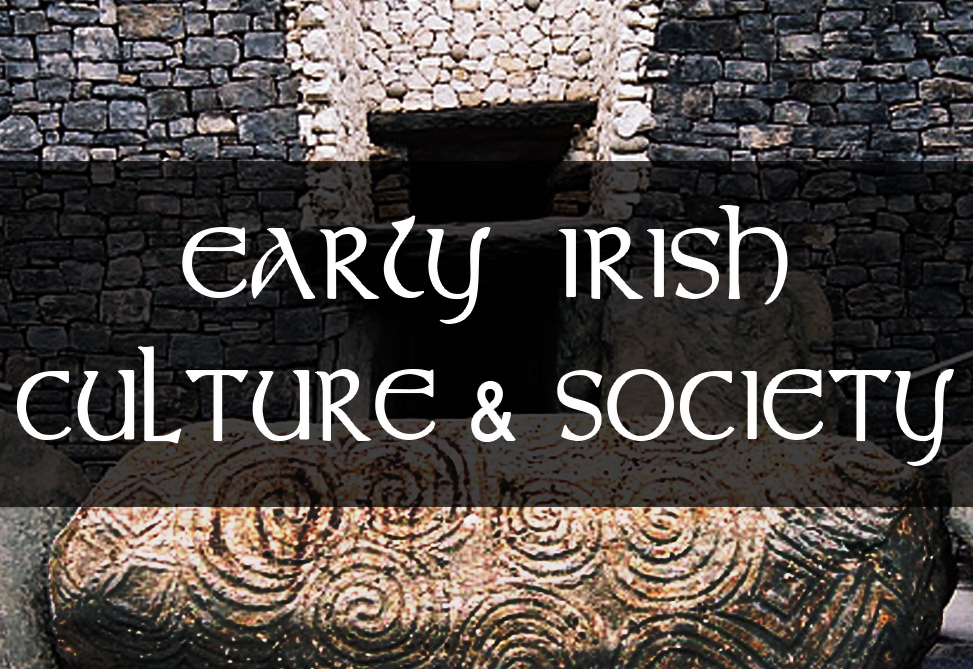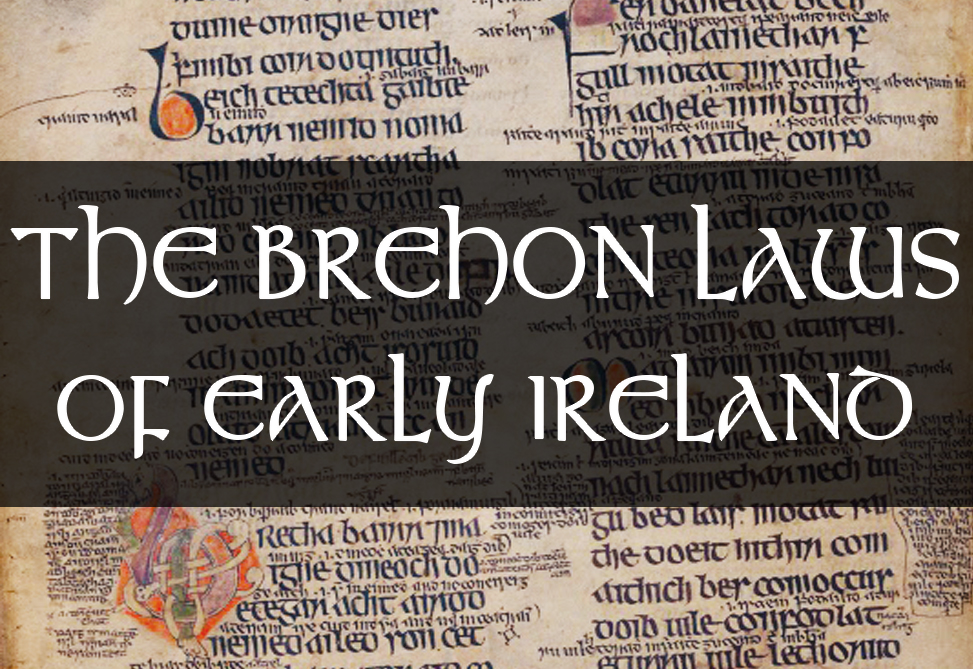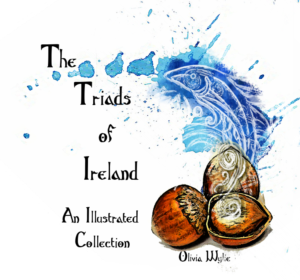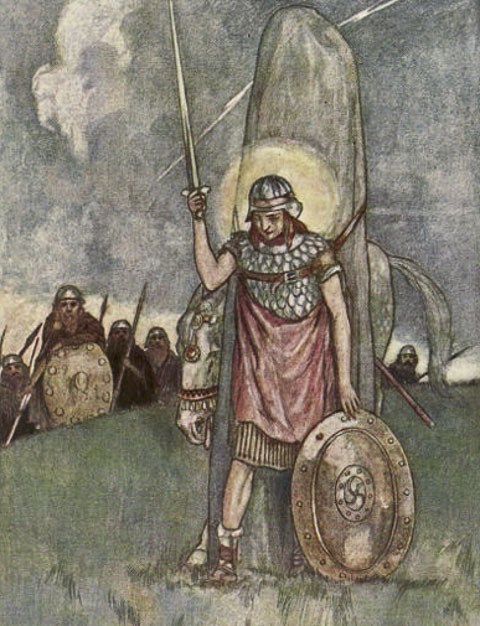Finn McCool, also known as Fionn mac Cumhaill, is a renowned character from Irish mythology, celebrated for his wisdom and martial prowess. His mythic narratives were passed down originally through oral tradition and eventually compiled in the Fenian Cycle of Irish literature, a collection of prose and poetry centred around Finn and his warrior band, the Fianna. This article delves into the life and deeds of Finn McCool, establishing his enduring cultural significance and influence on Irish identity.
The legend of Finn McCool offers rich insights into the cultural fabric of Ireland. As a hero, he embodies the quintessential qualities admired in Irish society—wisdom, bravery, and a deep connection with nature. His narratives, passed down and preserved through generations, form an integral part of the Irish cultural heritage. While interpretations may vary, the enduring appeal of Finn McCool speaks volumes about the power of mythology in shaping societal values and identity. As we move forward, it is crucial to continue exploring and preserving these cultural treasures, for they offer a window into our past and a mirror for our present.
Mythical Birth and Early Life
Finn McCool was born to Cumhaill, leader of the Fianna, and Muirne, daughter of the druid Tadg mac Nuadat. His birth was enveloped in prophecy and tumult, setting the stage for his extraordinary life. After his father’s death at the hands of Goll mac Morna, Finn was secreted away to be raised in the wilderness, away from the prying eyes of his father’s enemies. This upbringing in nature forged his indomitable character, making him a skilled hunter, warrior, and poet.
The Salmon of Knowledge
One of Finn McCool’s most famous narratives involves the Salmon of Knowledge, a creature said to possess all the world’s wisdom. Finn’s encounter with this salmon, while under the tutelage of the poet Finnegas, is a critical moment in his lore. It is said that Finn, upon burning his thumb while cooking the salmon and instinctively putting it to his mouth, gained the salmon’s wisdom. This event marks Finn’s transformation from a skilled warrior to a wise leader.
Leader of the Fianna
Finn’s ascension to the leadership of the Fianna is another cornerstone of his legend. By avenging his father’s death and reclaiming leadership from Goll mac Morna, Finn established a new era for the Fianna, marked by chivalry, loyalty, and bravery. The tales of Finn and the Fianna are replete with heroic adventures, battles against supernatural beings, and the exploration of themes such as friendship, love, and betrayal.
Finn McCool as a Giant
In many adaptations of the Finn McCool legend, Finn is portrayed not merely as a man of considerable strength and wisdom, but as a literal giant. This characterization serves to amplify his larger-than-life qualities, making him an even more formidable figure within the mythos. The image of Finn as a giant is not merely symbolic, but also deeply woven into the physical landscape of Ireland and beyond.
The representation of Finn McCool as a giant resonates with the grandeur of his deeds and influence. His association with significant geographical landmarks attests to the extent of his influence, reaching beyond the realm of literature and oral tradition to shape the very land itself. The Giant’s Causeway, Lough Neagh, and the Isle of Mann stand as physical testaments to Finn’s legendary status, merging myth and reality in a uniquely Irish narrative.
The giant Finn McCool, then, is more than a character from ancient tales; he is a foundational element of Irish cultural and geographical identity. His gigantic deeds have shaped the land, the people, and the enduring legacy of Irish mythology.
The Giant’s Causeway
One of the most famous tales associated with Finn McCool is the creation of the Giant’s Causeway, a natural wonder located in County Antrim, Northern Ireland. According to legend, Finn built the Causeway to serve as stepping-stones across the North Channel so that he could meet in battle with a Scottish giant, Benandonner. When Finn realized the giant’s immense size, he and his wife, Oonagh, devised a plan to trick Benandonner into thinking Finn was an enormous baby. Terrified at the prospect of how large Finn must be, Benandonner fled back to Scotland, destroying the Causeway in his wake. This tale provides a vivid example of how Finn’s giant stature is leveraged in folklore to explain natural phenomena and to underscore his cunning and bravery.
Formation of Lough Neagh and Isle of Mann
Another two tales intricately tied to Finn’s gigantic image involve the formation of Lough Neagh, the largest lake in the British Isles, and the Isle of Mann. Legend has it that Finn scooped up a huge clod of earth and hurled it at his Scottish rival overseas. The earth missed its target and landed in the Irish Sea, forming the Isle of Mann. The massive hole left behind filled with water and became Lough Neagh.
Manuscript Sources and the Poetry of Oisín
The tales of Finn McCool and the Fianna, including the poems attributed to Oisín, Finn’s son, are primarily preserved in medieval and early modern manuscripts. These documents represent some of the most significant literary sources for Irish mythology, providing invaluable insights into the oral traditions of the past.
Early Manuscripts
Some of the earliest references to Finn McCool and his exploits appear in manuscripts from the 7th and 8th centuries, such as “The Book of Leinster” and “The Book of the Dun Cow.” However, these references are sporadic and fragmented, providing tantalizing hints of the rich folklore that would be more fully compiled in later centuries.
The Fenian Cycle
The most comprehensive collection of Finn McCool’s tales is found in the Fenian Cycle (also known as the Ossianic Cycle), which is primarily preserved in 12th- to 15th-century manuscripts. The cycle includes tales of the heroic deeds of Finn and the Fianna, as well as the romantic and tragic adventures of their lives. Notably, the Fenian Cycle is imbued with a strong sense of nostalgia, often presented as the narrations of an aging Oisín reminiscing about the golden age of the Fianna.
The Poetry of Oisín
Oisín, the son of Finn McCool, is a central character in the Fenian Cycle. He is often portrayed as a bard, and numerous poems are attributed to him. These poems, known collectively as the “Laoithe Fiannuigheachta” or the “Fenian Lays,” are found in various manuscripts dating from the 12th to the 16th centuries.
The poems attributed to Oisín cover a wide range of topics, from heroic deeds and fierce battles to heartrending tales of love and loss. They provide a more personal, emotional perspective on the lives of the Fianna, revealing the heart beneath the heroism. Notably, some of these poems also reflect the transition from paganism to Christianity in Ireland, providing a fascinating snapshot of this pivotal period in Irish history.
Get a free digital copy of “The Book of the Lays of Fionn” by Eoin MacNeil from the Brehon Academy member’s library. Simply sign up with a free basic account to download.

